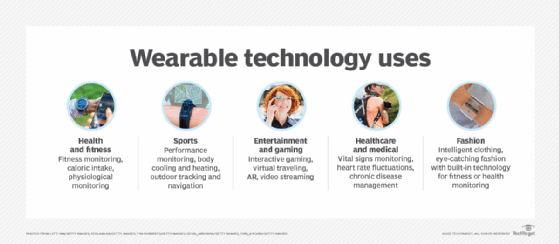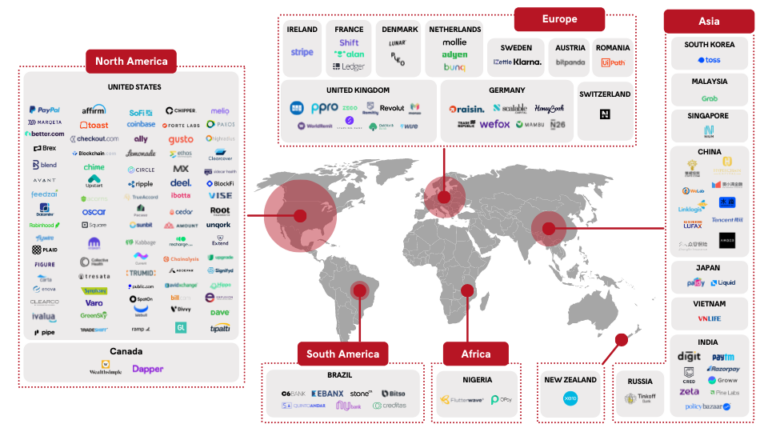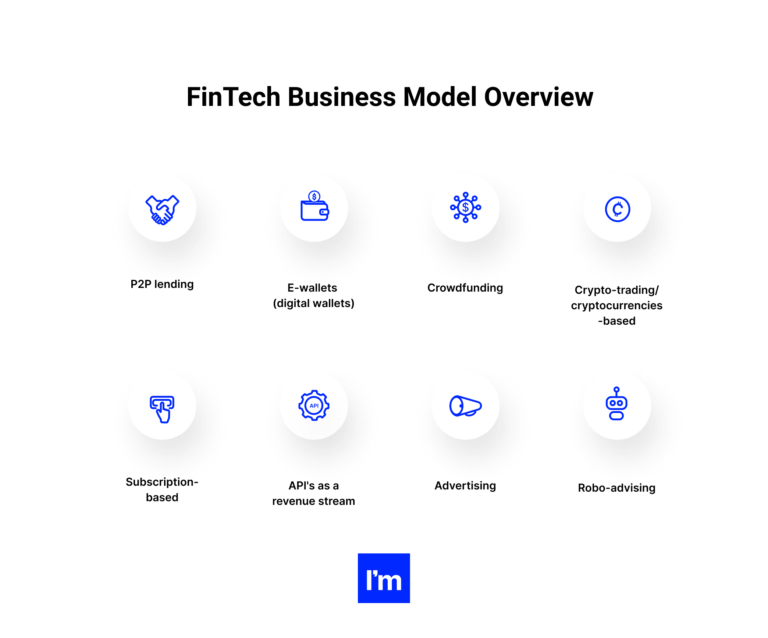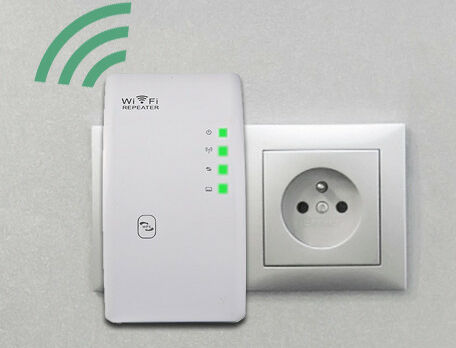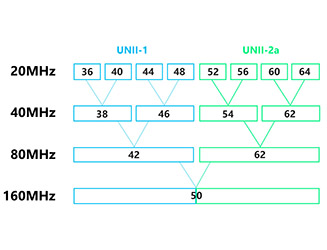What Are Some Possible Uses Of Wearable Technology?
Wearable technology is a concept that has been gaining more and more attention in recent years, and its potential uses are virtually limitless. Wearable technology, as the name suggests, is technology that can be worn directly on the body. This could include items such as smartwatches, fitness trackers, and augmented reality glasses, among many other products. These devices are becoming increasingly popular due to their convenience, and the fact that they can be used to monitor various aspects of a person’s health, as well as providing entertainment and convenience. As the technology continues to evolve, there are many potential uses for wearable technology. These could include health monitoring, entertainment, communication, navigation, and much more. With the right combination of hardware and software, the possibilities are endless.
Overview of Wearable Technology
Wearable technology is a rapidly advancing field of technology that is designed for convenience and comfort. It is being used to monitor and track health and fitness, deliver notifications, and as a tool for connecting with the world. Wearable technology can be used in a variety of ways, from fitness tracking to entertainment to medical purposes.
The most popular use for wearable technology is fitness tracking. Wearable devices like smart watches, activity trackers, and fitness bands can track physical activity, heart rate, steps taken, calories burned, and other metrics. This data can be used to set and monitor goals, improve performance, and measure progress.
Wearable technology can also be used to deliver notifications such as text messages, emails, and social media updates. Smart watches are the most common type of device used for this purpose. These devices can also be used to control and monitor smart home devices, such as lights, door locks, and security systems.
Wearable technology can also be used in the medical field. Smart watches can monitor vital signs such as heart rate, blood pressure, and temperature. Some devices also have the ability to detect falls and alert medical personnel. Wearable devices are also being used to monitor chronic conditions, detect early signs of illness, and provide medical professionals with real-time data for diagnosis and treatment.
In addition, wearable technology can be used for entertainment purposes. Smart glasses and augmented reality headsets can be used to watch movies, play games, and experience virtual reality. Wearable devices can also be used to control music, access the internet, and even make payments.
The possibilities for wearable technology are endless, and the technology is constantly evolving. As more applications are developed for wearables, the technology may become even more useful and beneficial to people in many aspects of their lives.
Benefits of Wearable Technology
Wearable technology has become increasingly popular in recent years, but what are some of the potential uses of this technology? Wearable technology is defined as any device or technology that can be worn or otherwise attached to the body. This technology can have various applications and benefits, including improved safety, enhanced productivity, and improved health.
From a safety perspective, wearable technology can provide a layer of protection for those working in hazardous environments or in remote locations. For example, wearable devices can monitor environmental conditions and provide alerts for hazardous situations. Additionally, wearable technology can be used to monitor the health of workers and alert them if necessary.
Wearable technology can also be used to improve productivity. Wearable devices can track and store data in real-time, which allows for more efficient decision-making and better communication between workers in different locations. By providing quick and accurate data, wearable technology can help reduce the amount of time necessary for completing tasks.
Finally, wearable technology can be used to monitor and improve a person’s health. Wearable devices can track a person’s vitals, such as heart rate, blood pressure, and body temperature. This data can be used to identify health risks or to monitor a person’s progress as they strive to reach their fitness goals. Additionally, wearable technology can be used to monitor the quality of sleep, helping users identify habits that can improve their overall health and well-being.
In conclusion, wearable technology has the potential to provide a variety of benefits, including improved safety, enhanced productivity, and improved health. This technology is quickly becoming an important part of our lives, and it is only expected to grow in popularity.
Examples of Wearable Technology
Wearable technology is a rapidly growing and evolving field. It is used to enhance the user experience and provide more convenience, comfort, and safety. Wearable technology can be used in a variety of ways, from medical devices to fitness trackers. In this article, we will explore some of the most common applications of wearable technology.
One popular use of wearable technology is fitness tracking. Wearable fitness trackers are designed to measure and monitor physical activity, caloric intake, and sleep patterns. They can provide helpful feedback on how to improve one’s health and fitness, and even help motivate users to reach specific goals.
Another use of wearable technology is in medical applications. Smartwatches, for example, can be used to monitor vital signs such as heart rate, body temperature, and blood pressure. This data can be used to diagnose and treat medical conditions, as well as provide useful information to healthcare providers.
Wearable technology can also be used for entertainment and communication. Smart glasses, for example, allow users to stream video content, take pictures, and even interact with other users through voice commands. Smartwatches can also be used to access notifications and messages from apps like email, text messaging, and social media.
Finally, wearable technology can be used for safety and security. Wearable cameras and sensors are now being used to monitor public areas, while wearable tracking devices are being used to locate individuals in the event of an emergency.
From fitness tracking to medical applications, wearable technology can be used in many different ways. As the technology continues to evolve, so too will the possibilities for its use.
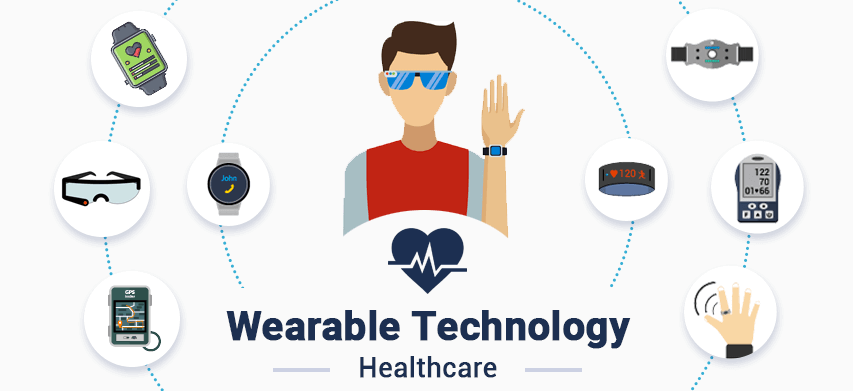
Challenges of Wearable Technology
Wearable technology has been slowly gaining traction in the market, but it still faces several challenges, both from a consumer and a technical standpoint. For example, wearables are often too bulky or obtrusive, as many are worn on the wrist, making them an eyesore. Additionally, battery life tends to be limited, which can lead to problems with usability. Furthermore, there is a lack of standardization within the industry, which can lead to compatibility issues when attempting to use multiple devices together.
Security and privacy are also problematic, as the devices are often collecting data about the user without their knowledge. Finally, there is a general lack of knowledge about what wearable technology can be used for, which limits its adoption by consumers. Despite these challenges, the industry is continuing to develop new and innovative products which aim to address these issues. With the right combination of features and functionality, wearable technology could revolutionize the way we interact with the world.
Security and Privacy Issues with Wearable Technology
The emergence of wearable technology has been a major breakthrough in the tech industry. From smartwatches to fitness trackers, wearable technology is becoming increasingly popular with consumers. However, there are some security and privacy implications with the use of these devices. As these devices track and store personal data, the potential for misuse of this data is a growing concern.
Security is a major concern with wearable technology. As these devices are worn close to the body, they can be easily targeted by malicious hackers. For example, if a hacker gains access to a smartwatch, they can steal personal information such as passwords, credit card numbers, and more. Similarly, if the device is not securely encrypted, it could be used to gain access to other connected devices.
Privacy is also a concern with wearable technology. As mentioned, these devices track and store personal data, which can be used to create detailed profiles about users. This data can then be used for targeted advertising, or even to predict future behaviour. As such, it is important to understand what type of data is being collected, and how it is being used.
Overall, wearable technology can offer many benefits to users, but security and privacy are important considerations. Before investing in a device, it is important to understand how the data is being collected, stored, and used, in order to ensure that your personal data is secure.
Future of Wearable Technology
Wearable technology is quickly becoming one of the biggest technological advances of our time, with devices like smartwatches, fitness trackers, and even smart clothing gaining immense popularity. As the technology continues to grow, it’s becoming increasingly clear that wearable technology has a wide range of potential uses. Here, we’ll explore some of the possibilities for wearable technology and its potential applications.
One of the most obvious uses of wearable technology is in health and fitness. Wearable devices like fitness trackers and heart rate monitors can track a person’s vital signs, physical activity, and other health metrics. This data can be used to provide valuable insights on health trends and patterns, and can even be used to provide personalized health advice.
Wearable technology can also be used to improve safety. Wearable devices can track an individual’s location and provide real-time alerts if they enter an unsafe area. This could be especially useful for hikers, runners, or anyone else who may find themselves in unfamiliar or dangerous environments.
Finally, wearable technology can be used in the workplace. Wearable devices can be used to track productivity, monitor employee activity, or provide feedback on performance. This could help employers improve efficiency and identify areas of improvement.
As wearable technology continues to evolve and become more sophisticated, it’s clear that the possibilities for the technology are endless. From health and fitness to workplace safety, the potential applications of wearable technology are vast, and it’s likely that we’ll continue to see new and innovative uses for the technology in the years to come.
FAQs About the What Are Some Possible Uses Of Wearable Technology?
Q1: What are the most popular uses of wearable technology?
A1: Wearable technology can be used to track physical activity, monitor vital signs, and provide access to medical data. It can also be used to access streaming media, provide notifications, and allow for hands-free communication.
Q2: Are there any health benefits associated with using wearable technology?
A2: Yes, wearable technology can help monitor physical activity and vital signs to alert users to potential health risks. Additionally, it can be used to provide access to medical data in the event of an emergency.
Q3: Does wearable technology require special setup or installation?
A3: No, most wearable technology products are designed to be user-friendly and require minimal setup or installation. Additionally, some products may require a smartphone or other compatible device in order to access certain features.
Conclusion
Wearable technology has the potential to revolutionize the way we communicate, monitor our health, and interact with the world around us. The possibilities are endless and as technology continues to evolve, more and more applications for wearable technology are being explored. From fitness trackers to virtual reality headsets, wearable technology has the potential to make our lives safer, more efficient, and more enjoyable.
